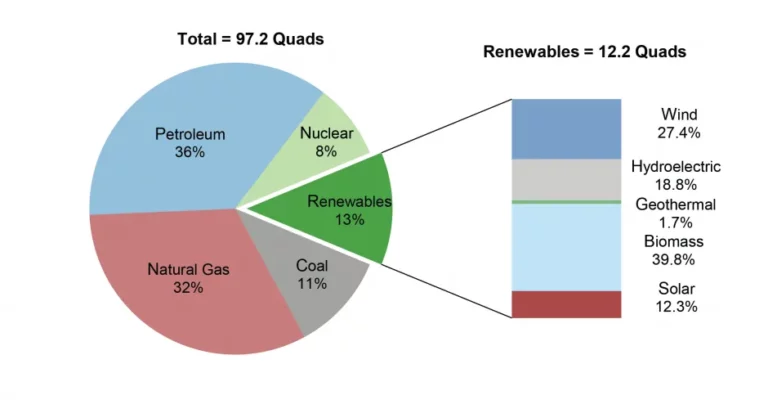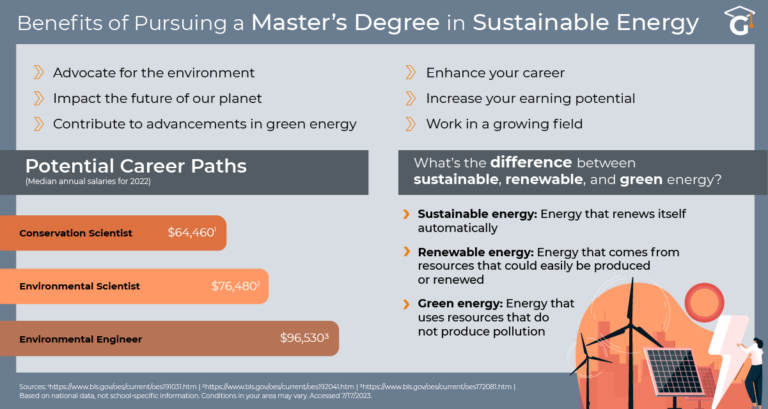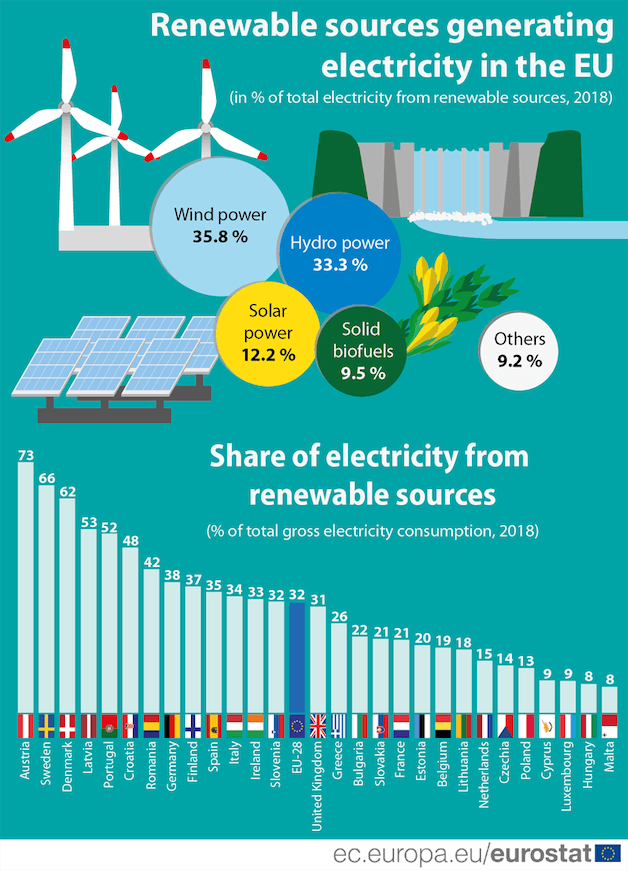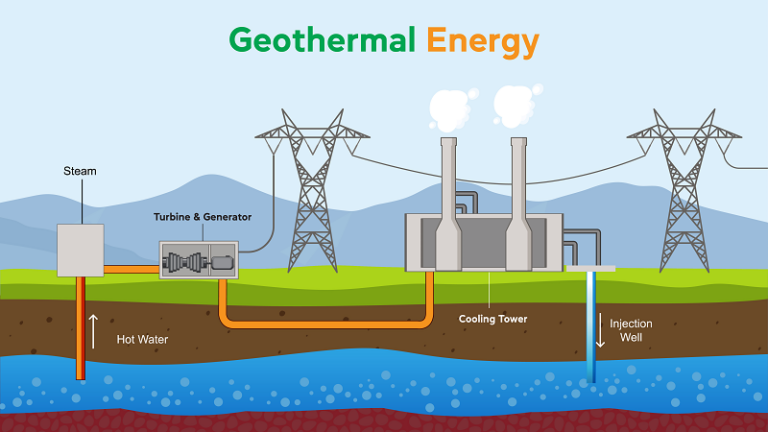Is Fusion Energy Renewable?
Did you ever wonder if there’s a type of energy that’s not only powerful but also renewable? Well, you’re in for a treat because today we’re diving into the world of fusion energy. So, is fusion energy renewable? Let’s find out!
Fusion energy is a form of power generation that mimics the incredible energy produced by the sun. It involves fusing atoms together to release massive amounts of energy. But here’s the exciting part – fusion energy is indeed renewable! Unlike fossil fuels that deplete over time, fusion reactors can tap into an almost limitless supply of fuel: hydrogen isotopes found in seawater.
Thanks to advancements in science and technology, researchers are working tirelessly to harness the potential of fusion energy. They’re aiming to create reactors that can safely and efficiently generate electricity without harmful emissions or waste products. This could revolutionize how we power our homes, schools, and cities, all while helping to protect the environment for future generations. How cool is that?
In the next sections, we’ll explore the benefits, challenges, and future prospects of fusion energy. So, buckle up and get ready to embark on an exciting journey into the world of renewable energy. Join me as we discover the incredible potential of fusion power and how it could shape the future of our planet! Let’s dive in!
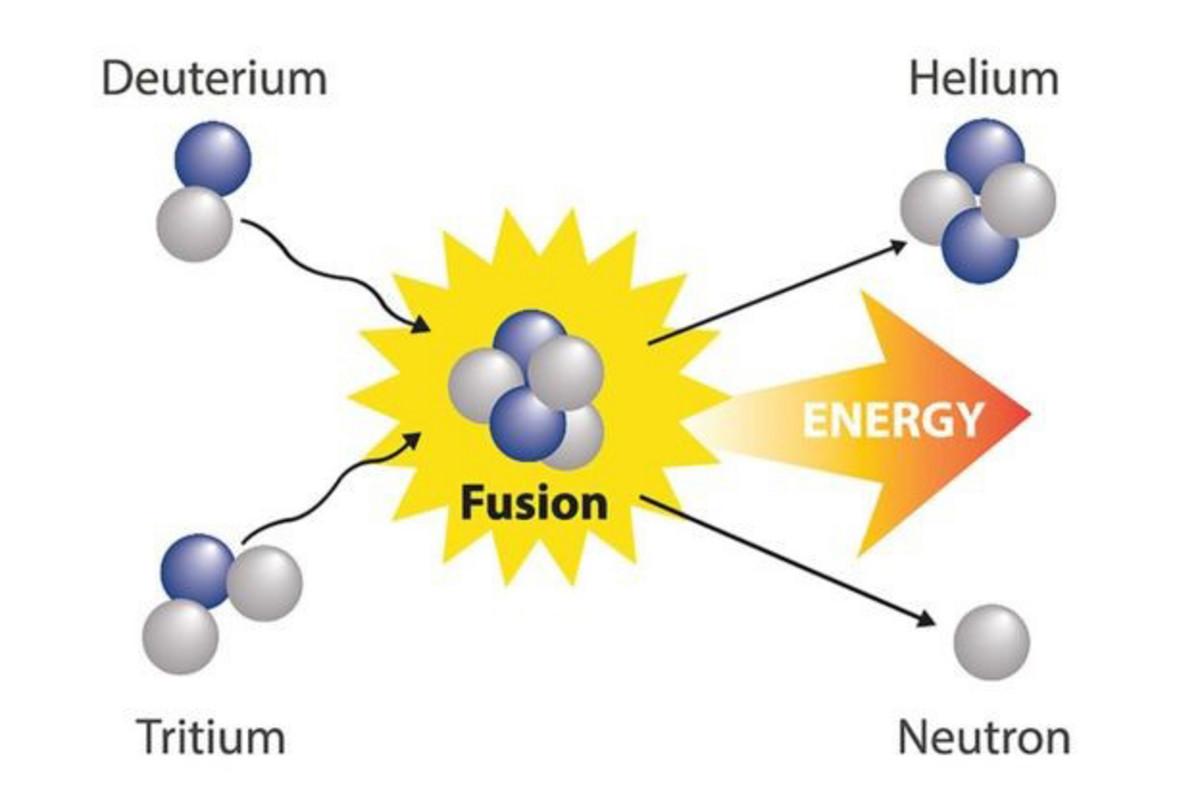
Is Fusion Energy Renewable?
As the world seeks to transition from fossil fuels to more sustainable and environmentally friendly energy sources, the question of whether fusion energy is renewable becomes increasingly significant. Fusion energy, often hailed as the “holy grail” of clean energy, holds tremendous potential, but its renewability is a subject of debate. In this article, we will explore the concept of fusion energy, its advantages and challenges, and delve into the question of whether fusion energy can be considered truly renewable.
The Science Behind Fusion Energy
Before diving into the renewability of fusion energy, it’s essential to understand the science behind it. Fusion energy involves the fusion, or joining together, of light atomic nuclei to form heavier nuclei, releasing vast amounts of energy in the process. This is the same process that powers the sun and other stars, hence fusion energy’s reputation as a clean and sustainable energy source.
Scientists have been working on harnessing fusion energy for decades. The most promising approach involves using powerful magnetic fields to confine and heat a gas composed of hydrogen isotopes, deuterium and tritium, until fusion reactions occur. These reactions generate immense heat and produce helium as a byproduct, releasing large amounts of energy in the process.
Fusion energy has the potential to revolutionize our world, providing abundant, carbon-free power without the drawbacks of traditional energy sources. However, the challenge lies in making fusion sustainable, practical, and economically viable.
The Renewability of Fusion Energy
While fusion energy itself can be considered inherently renewable, the current methods of achieving fusion require non-renewable resources and produce some waste. The deuterium fuel, which is abundant in seawater and easily accessible, is virtually inexhaustible. However, tritium, another fuel used in fusion reactions, is not naturally occurring and must be bred from lithium. The limited supply of lithium on Earth raises questions about the long-term sustainability of fusion energy.
Additionally, the reactors used to generate fusion energy require significant amounts of energy input to initiate and sustain the fusion process. The energy required, known as the “ignition energy,” is typically obtained from traditional power sources such as fossil fuels or nuclear power. Although fusion energy itself does not generate harmful emissions or greenhouse gases, the reliance on non-renewable resources for ignition raises concerns about the overall sustainability of the process.
That said, ongoing research and development aim to overcome these challenges and make fusion energy more economically and environmentally viable. Scientists are exploring alternative fuel sources, such as helium-3 and boron, which do not require tritium and are more abundant. Additionally, advancements in technology may reduce the ignition energy requirements, further enhancing the renewability of fusion energy.
Advantages of Fusion Energy
Despite the challenges, fusion energy offers numerous advantages that make it an attractive option for the future:
- Abundant fuel supply: Deuterium is abundant in seawater, providing an almost limitless supply for fusion reactions.
- Clean and safe: Fusion energy does not produce greenhouse gases or long-lived radioactive waste, making it environmentally friendly.
- High energy density: Fusion reactions release millions of times more energy compared to traditional fossil fuel combustion, resulting in higher energy output.
- Reduced dependence on fossil fuels: Fusion energy could significantly reduce our reliance on fossil fuels, leading to a more sustainable and secure energy future.
- Potential for continuous power generation: Fusion reactors have the potential to operate continuously, ensuring a consistent and reliable energy supply.
It is worth noting that while fusion energy shows immense promise, commercial fusion power plants are still in the research and development phase. Significant breakthroughs and advancements are required before fusion energy can become a practical and widespread source of power.
Challenges and Future Prospects
Despite the remarkable progress made in fusion research, several challenges and obstacles lie ahead on the path to commercially viable fusion energy:
- Technological complexity: Achieving and sustaining the extreme conditions required for fusion remains a formidable engineering challenge.
- Cost and investment: The development of fusion reactors requires significant funding and long-term investment, posing a barrier to widespread adoption.
- Materials and infrastructure: Building fusion reactors that can withstand the intense environment and generate net energy on a large scale requires advancements in materials science and infrastructure development.
- Safety and public acceptance: Ensuring the safety of fusion reactors and garnering public support are crucial for the successful deployment of fusion energy.
Despite these challenges, the progress in fusion energy research has been remarkable, and the continued investment and collaboration of scientists and policymakers worldwide instill hope for a future where fusion energy becomes a reality.
Future Directions in Fusion Energy Research
Looking ahead, scientists are exploring various approaches and technologies to overcome the challenges associated with fusion energy:
Alternative Fuel Sources
Research is ongoing to develop fusion reactors that can utilize alternative fuel sources such as helium-3 and boron, which offer distinct advantages over deuterium-tritium reactions. These alternative fuels are more abundant on Earth and do not produce neutrons, reducing the risks associated with neutron-induced radioactivity.
Advanced Confinement Techniques
Scientists are exploring advanced confinement techniques, such as magnetic confinement, inertial confinement, and innovative plasma configurations, to achieve higher temperatures and densities necessary for sustained fusion reactions. These advancements aim to improve plasma stability, increase energy confinement times, and enhance overall fusion performance.
Iterative and Collaborative Research
International collaborations, such as the ITER project, bring together leading fusion energy researchers and nations to pool resources, share knowledge, and accelerate progress. This collaborative approach fosters innovation and allows scientists to tackle the challenges of fusion energy collectively.
Conclusion
Fusion energy holds immense promise as a sustainable and clean energy source for the future. While the current methods of achieving fusion may rely on non-renewable resources and face challenges, ongoing research and advancements offer hope for a more renewable and practical fusion energy solution. As scientists and engineers continue to push the boundaries of our understanding and technology, fusion energy may one day revolutionize the way we power our world, reducing our dependence on fossil fuels and mitigating the impacts of climate change.
Key Takeaways: Is Fusion Energy Renewable?
Fusion energy is considered renewable because it harnesses the energy produced by the fusion of atoms, similar to the process that powers the sun.
Unlike fossil fuels, fusion energy does not emit greenhouse gases or produce radioactive waste.
Fusion energy has the potential to provide a virtually limitless and clean source of power for the future.
However, the technology to achieve commercial fusion power is still under development and faces significant technical challenges.
Researchers and scientists are working hard to overcome these challenges and make fusion energy a practical and accessible reality.
Frequently Asked Questions
Fusion energy, also known as nuclear fusion, is a potential source of clean and sustainable power that has garnered significant interest in recent years. It involves combining light atomic nuclei under extreme heat and pressure to release energy. If you want to learn more about fusion energy and its renewable nature, take a look at the following questions:
Q1: How does fusion energy work?
A1: Fusion energy works by combining light atomic nuclei, typically isotopes of hydrogen, to form heavier elements. This fusion process releases a tremendous amount of energy in the form of heat and light. To achieve fusion, extremely high temperatures and pressures are required to overcome the strong electrostatic repulsion between atomic nuclei. Scientists use devices called tokamaks or stellarators to create these conditions and confine the hot plasma where fusion reactions can occur.
The fusion reaction used in most potential fusion power plants is the fusion of isotopes of hydrogen, deuterium, and tritium. When these nuclei combine, they form helium and release an enormous amount of energy. Fusion energy holds great promise as a clean and virtually limitless source of power, as it produces no greenhouse gas emissions and generates less nuclear waste compared to current fission-based nuclear power plants.
Q2: Is fusion energy renewable?
A2: Yes, fusion energy is considered a renewable energy source. Unlike fossil fuels, such as coal and oil, which have limited reserves and contribute to environmental pollution, fusion energy relies on the fusion of light atomic nuclei, which are abundantly available in nature. The primary fuel used in fusion reactions, deuterium, can be extracted from seawater, and tritium can be generated within the fusion reactor itself. These fuels are virtually inexhaustible, ensuring the sustainability of fusion energy as a long-term power source.
Additionally, fusion reactions produce no greenhouse gas emissions and pose no risk of catastrophic accidents, making fusion energy an attractive solution for addressing climate change and reducing our reliance on fossil fuels. However, it is important to note that the full-scale implementation of fusion energy is still a technological challenge and requires further research and development to achieve commercial viability.
Q3: Can fusion energy provide a constant power supply?
A3: Yes, one of the significant advantages of fusion energy is its potential to provide a constant power supply. Unlike solar or wind energy, which are dependent on weather conditions, fusion reactions can occur continuously when the appropriate conditions are maintained. Fusion power plants can generate electricity 24/7, providing a reliable and stable source of energy to meet our needs.
However, it is worth mentioning that achieving and maintaining the conditions necessary for fusion reactions are complex and highly challenging. Although progress has been made, scientists are still working towards developing the necessary technology and infrastructure to sustain controlled fusion reactions for extended periods. While the dream of a constant fusion power supply is within reach, it may take some time before we achieve practical fusion energy on a large scale.
Q4: What are the advantages of fusion energy?
A4: Fusion energy offers numerous advantages that make it an attractive prospect for humanity’s future energy needs. Firstly, fusion reactions utilize abundant fuel sources, such as deuterium and tritium, which can be easily obtained from seawater and are virtually limitless. This ensures long-term sustainability and reduces our dependence on finite fossil fuel reserves.
Secondly, fusion energy produces minimal waste compared to traditional nuclear fission reactors. Fusion reactions do not generate long-lived radioactive waste and have a smaller environmental impact. Furthermore, fusion power plants do not pose the same risk of catastrophic accidents as fission reactors, as they do not require the use of large amounts of fissile materials like uranium or plutonium.
Q5: When will fusion energy be commercially viable?
A5: The commercial viability of fusion energy is a complex question. While fusion research has made significant progress over the years, several technical challenges remain before fusion power plants can be economically competitive. Scientists and engineers are working towards improving the efficiency of fusion reactions, finding reliable and robust materials to withstand the extreme conditions, and reducing the size and cost of fusion devices.
Many experts predict that we could see the first demonstration of net energy production from fusion within the next few decades. However, achieving widespread commercialization of fusion energy may still take several more decades of research, development, and investment. Continued international collaboration and support for fusion research are crucial in unlocking the potential of fusion energy as a safe, clean, and abundant power source for the future.
Scientist Breaks Down NUCLEAR FUSION BREAKTHROUGH, Future Of Renewable Energy
Summary
Fusion energy is a promising source of renewable energy because it uses hydrogen isotopes found in seawater and creates immense power by combining them. Unlike fossil fuels, fusion does not produce greenhouse gases, reducing the impact on climate change. It also generates a lot of energy from a small amount of fuel, making it highly efficient. However, fusion is still in development and faces challenges such as high costs and technical difficulties. Scientists are working hard to overcome these obstacles and make fusion energy a reality in the future.
Considering all the advantages of fusion energy, it holds great potential as a clean and sustainable source of power. While there are still hurdles to overcome, advancements in fusion technology continue to bring us closer to a brighter and greener future.

